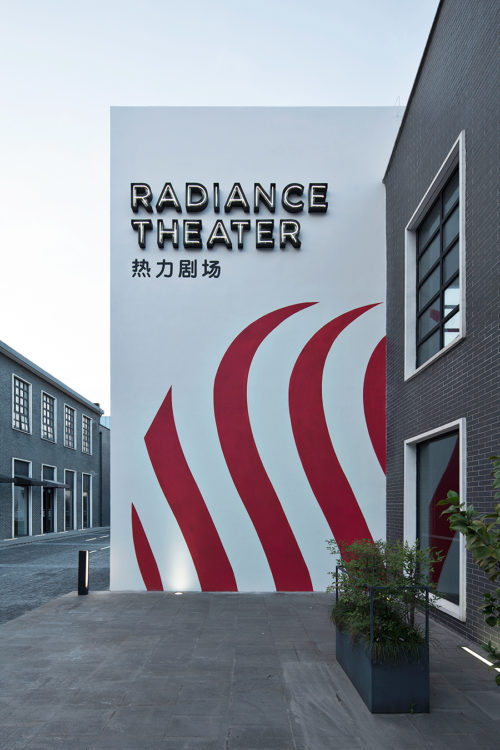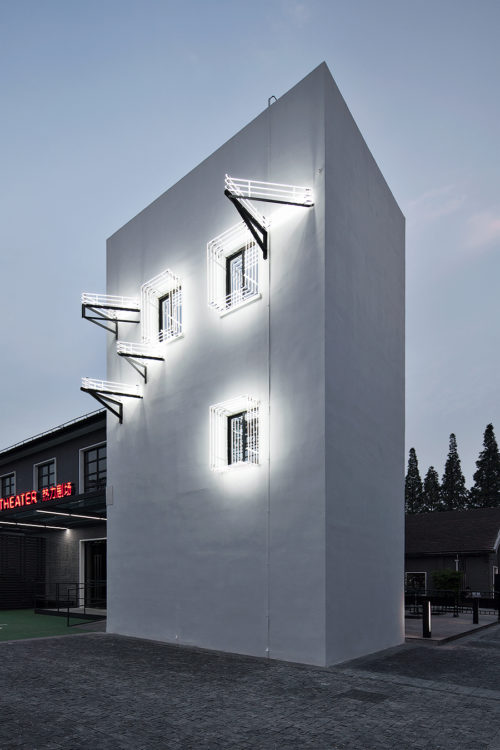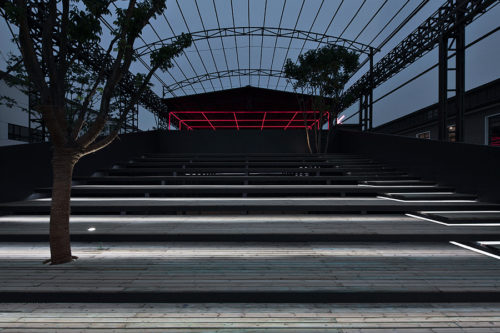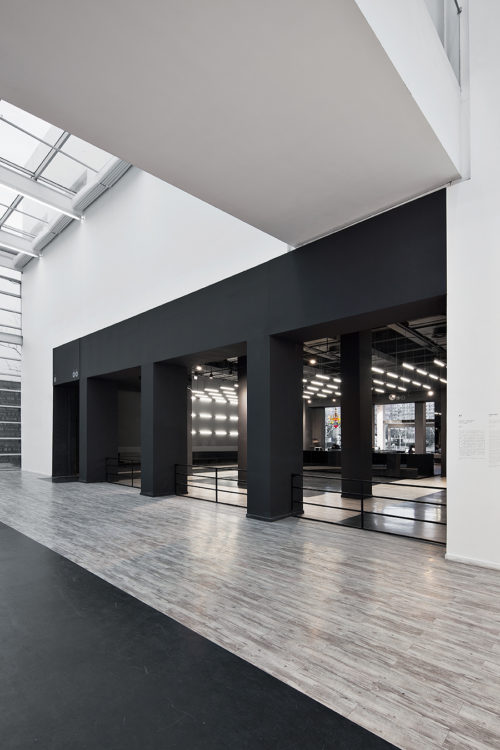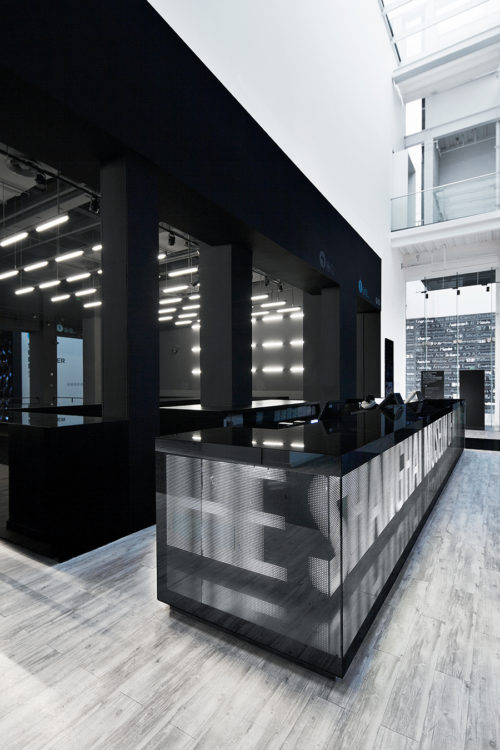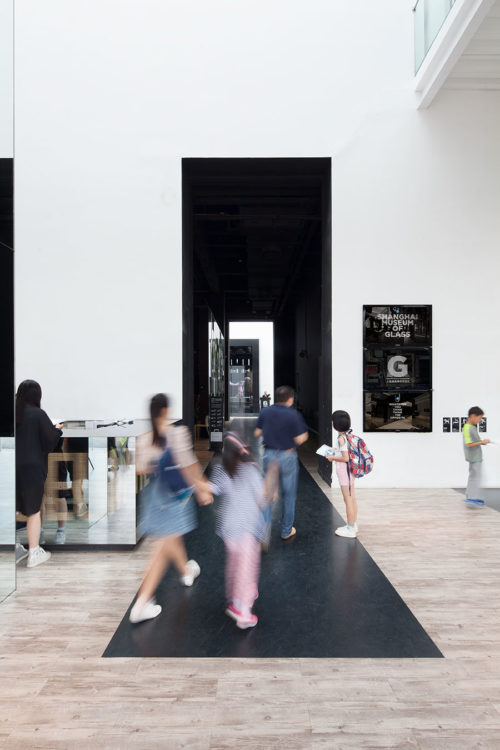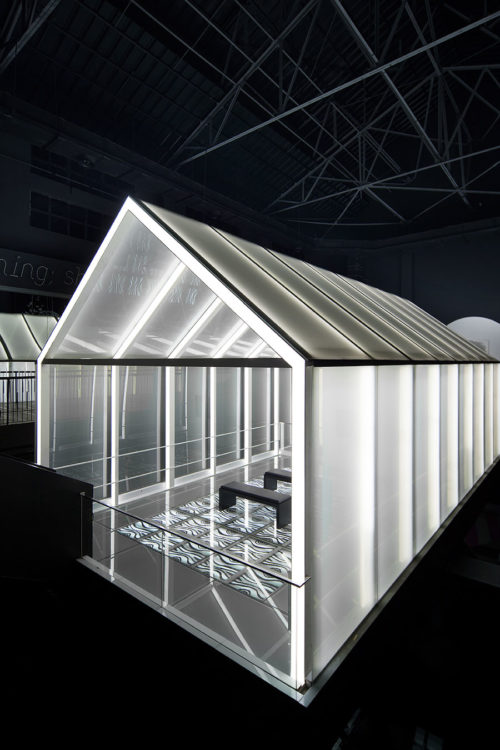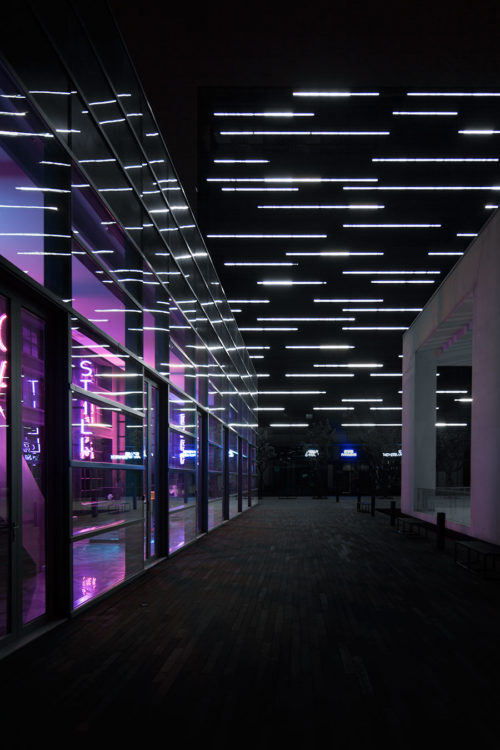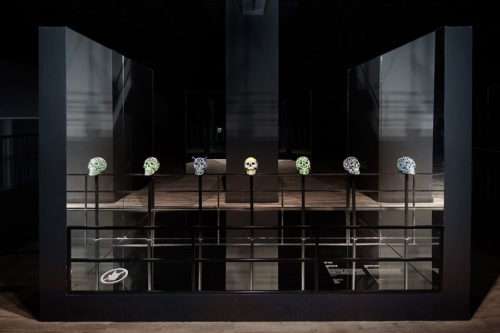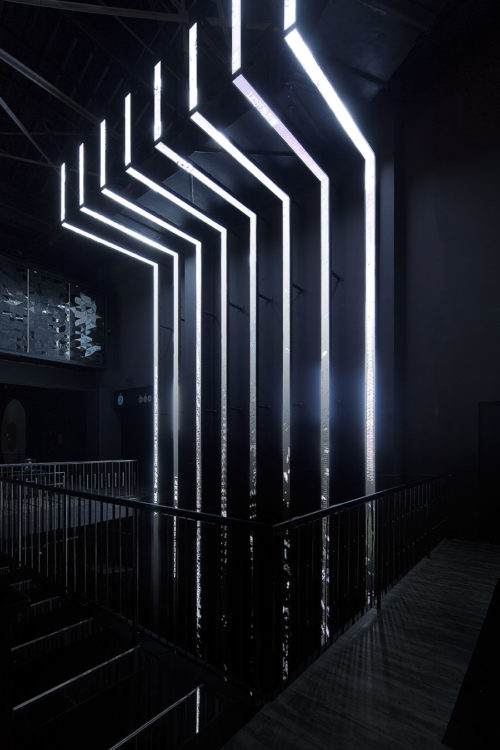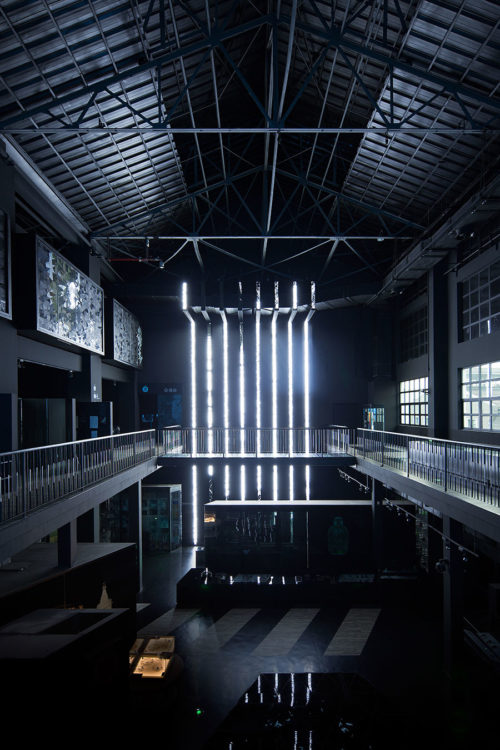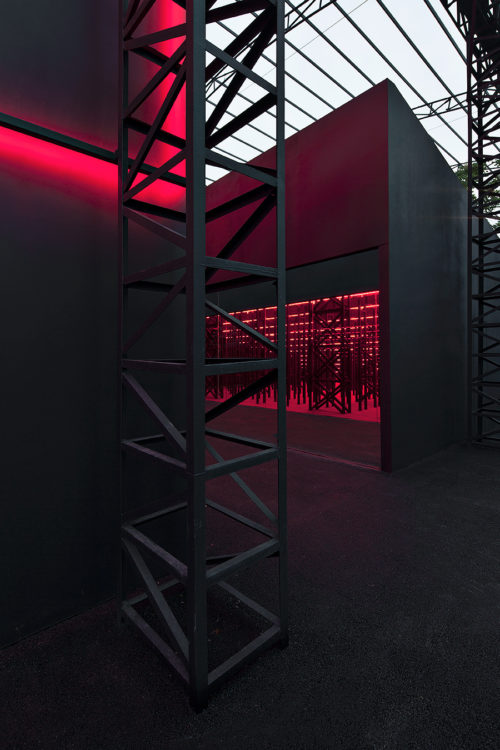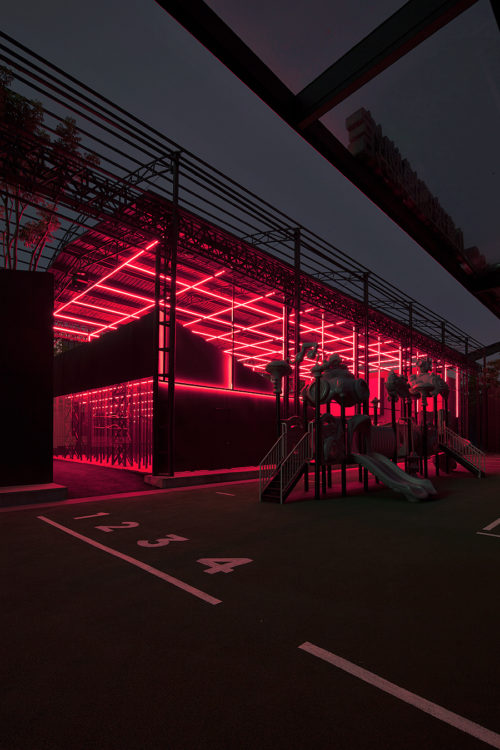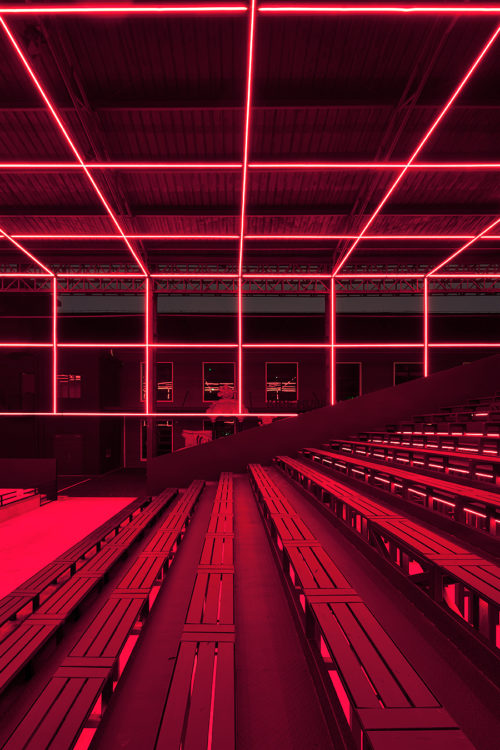Shanghai Museum of Glass 2.0
Once a busy glass factory on the edge of Shanghai city until the 1990s, Shanghai Museum of Glass went through several transformations since 2009, from an industrial legacy, into a unique cultural destination. It has evolved from a 5,500 m2 museum when it first opens in 2011 to a 22,000 m2 multi‑functional museum park with 20 thematic exhibition halls and venues where visitors can spend the entire day. With the vision to build a continually growing and ‘living’ museum, a variety of display methods, both interactive and artistic have been incorporated over past years to engage not only the senses but also the minds of the visitors.
Since the beginning, Tilman Thürmer, Founder of COO, has worked closely with Zhang Lin, President of Shanghai Museum of Glass, to create a constantly evolving influential cultural institute. Involved from the beginning, Tilman has helped to keep breathing new life into the museum park which has grown to a major attraction in Shanghai. Instead of eradicating all traces of the past, the park translated existing structures and elements into an impactful design language, fusing with the memories of the place to forge a compelling narrative of the endless possibilities of glass.
Every inch of the museum park is created to unfold a multi‑layered story of glass, as well as its relationship with people and with the memories of the place. Sometimes informative and other times philosophical, the exhibitions and facilities constitute a symphony of artistic presentation and interactive displays.
It is the space’s adjoining elements and features that truly bring the Shanghai Museum of Glass park to life, and make it into a cultural destination. Young visitors are invited to learn about glass in a playful and educational environment at the first design museum built for children in China. The DIY workshops offer parents and children the opportunity to enjoy working with glass. A design-focused museum, connected with the Main Hall with a colourful glass bridge, featuring trendsetting glass design and works of art from the museum’s collection. Other venues, such as a rainbow inspired chapel and a glass maze offer opportunities for a wide range of activities at the park with elevated experiences. Finally, a museum café provides a brief rest and refreshment after a day’s visit. These venues are connected experiences through the same theme — glass. The diversity shows how the museum creates an engaging experience and challenges the traditional idea of a museum.
The strategic decision adding outdoor spaces is crucial to establishing the museum park as a diverse and inclusive cultural landmark. The venues include an outdoor stage, an open-air live glass-blowing theatre and kids playground. Artist studios, created for renowned Chinese artists as part of the collaboration between the museum and the artists, bringing art of glass closer to the public.
Started out with determination to be a cultural destination of global significance, the museum has remained true to its original aspiration, and the achievements are recognised by international awards and the growing popularity both at home and abroad. Tilman has taken the role as Vice President of the museum and helped President Zhang Lin at every step for last decade, to break the rules, to realise daring concepts and make sure that Shanghai Museum of Glass keeps setting new standards for museums in China.
Type:
Museum Park
Location:
685 West Changjiang Road,
Baoshan District, Shanghai, China
Assignment:
Brand Consulting
Design Direction
Content Development
Curation
Visual Identity
Supervision and
Quality Management
Extent:
22,000 m2
Time:
Since 2011
Team:
Tilman Thürmer
Esther Muñoz
Yichun Chen
Bon Wen
Shirley Li
Jessica Höcke
Lucie Lecointre
Simay Onaz
Yelli Wu
Koui Huang
Catherine Hewett
François Aubret
Manuela Mappa
Vega Li
Yu Yin
Client:
Shanghai G+ Culture Creative Developing Co.,Ltd
Photos:
COO
Charlie Xie
Haibing Shen
diephotodesigner.de

Art plaza in former glass factory
Lobby Shanghai Museum of Glass
Exhibition halls in former glass factory
Radiance Theater / Glass blowing performance theater










